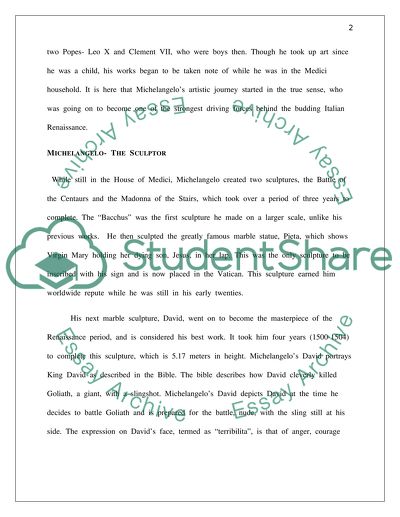Cite this document
(“The Works of Michelangelo, Great Renaissance Sculptor, Painter, Poet Essay”, n.d.)
Retrieved from https://studentshare.org/literature/1426722-write-a-seven-page-paper-on-either-leonardo-or
Retrieved from https://studentshare.org/literature/1426722-write-a-seven-page-paper-on-either-leonardo-or
(The Works of Michelangelo, Great Renaissance Sculptor, Painter, Poet Essay)
https://studentshare.org/literature/1426722-write-a-seven-page-paper-on-either-leonardo-or.
https://studentshare.org/literature/1426722-write-a-seven-page-paper-on-either-leonardo-or.
“The Works of Michelangelo, Great Renaissance Sculptor, Painter, Poet Essay”, n.d. https://studentshare.org/literature/1426722-write-a-seven-page-paper-on-either-leonardo-or.


